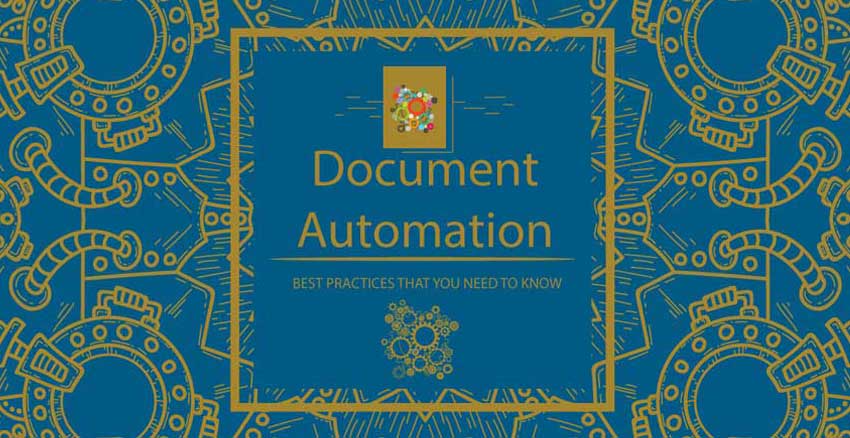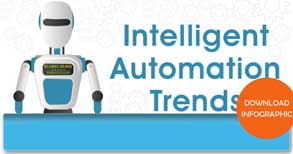Earlier this year Parascript partnered with AIIM International to conduct a “Leaders in Capture” survey. The annual survey works to better understand how organizations are using advanced data capture techniques currently and where they are headed with their information management plans and strategies. The findings are rooted in the day-to-day struggles and real-world success experienced in organizations in a number of core industries. (The eBook resulting from the AIIM International survey is available here as well as the infographic.)
Despite ongoing digitization, the reality is that paper still has a stranglehold on many day-to-day business activities, but that may be changing.
The survey results, in some cases, were not surprising. Most organizations have two or more capture systems currently active. About 40% say they are currently using automated document classification, while 25% say they either on their way or planning to automate classification. Almost 25% say they plan to incorporate capture into RPA-based processes in 2019.
What did surprise me, however, is that paper is still prevalent in core processes across the board. Common activities like customer onboarding, order fulfillment and loan origination, are causing many businesses to continue to fight a war with paper. Most survey respondents have multiple document types that they must manage; 65% have more than ten document types.
Changing Direction
Despite the ongoing digitization of business today, the reality is that paper still has a stranglehold on many day-to-day business activities, but that that may be changing. The survey also indicates clearly that the direction of document processing automation over the next three years is definitely trending away from paper to a more digitally focused approach; 70% of survey respondents indicate that they plan to expand document processing to include more born-digital documents this year. And 41% said they plan to more fully embrace electronic forms.
What can you do to take advantage? Here are five best practices to consider:
1 – Eliminate the Paper from the Beginning
It doesn’t make much sense to receive an incoming document electronically, only then to print it so that it can be scanned and entered into your system. Look for ways to eliminate paper from the beginning—at first point of contact with the organization. Tools like Parascript FormXtra.AI Capture automatically capture, save and distribute the information without a paper form to begin with. The result is that business processes are streamlined, efficiency is improved, costs are cut, and your organization becomes more agile and responsive.
2 – Integrate Data with Core Business Systems Automatically
It is one thing to capture a digital image of a piece of paper, but it is quite another to extract meaningful bits of information from that page and get it entered into your systems without the need for manual data entry. Look for tools that capture data entered on a document and enter it to your business system databases automatically and seamlessly. With two-way integration, an existing database can pre-fill a form, allowing for automated confirmation and response, also without the need for human intervention. Examples are data captured on e-forms sent to HR, finance, customer support and other process-specific applications.
3 – Establish a Document Automation Steering Committee
Many core business processes rely on forms, regardless of whether or not they are paper or digital. This means that many different people and departments have a stake in how they perform. As a result, organizations find success by forming a cross-functional forms committee, or center of competency. This includes membership from IT as well as individual users, departments and business process owners. Team members are tasked with the responsibility to shepherd implementations and ensure the techniques found valuable in one process are replicated across the organization for optimized value and process improvement.
In today’s era of digital transformation, electronic forms remain an important strategic imperative.
4 – New Approaches Often Require New Technologies
The best techniques and workflow processes also benefit from available technologies. Many products on the market today claim to use artificial intelligence. Frankly, a lot of them do not. The advanced capture systems built with true machine learning can offer real benefits, but we should not treat them like we do our traditional projects where we design, develop, test and deploy. AI systems are never ending because the system gets trained on your documents and then learns in dynamic environments and adapts its models based on new or changing information. Unlike traditional capture, these systems maintain and even get better with time, but it is a continuous process and needs monitoring. It grows in value over time, and you should plan for humans to remain in the loop even if they are no longer wasting time doing manual data entry.
5 – Looking Beyond Reducing Costs: Improving CX
Traditionally, document automation has been about reducing costs by reducing repetitive types of manual work. However, today document automation is really part of overall digital transformation that includes customer experience such as being able to offer customers real-time transactions and payment solutions so that customers benefit. For example, customers can be onboarded almost immediately or have their deposits go through without the traditional delays.
Moving Forward
In today’s era of digital transformation, the ability to use document-based information efficiently remains an important strategic imperative. But how do you know which tools and solutions are best? Leverage the industry trend toward more affordable, less complex solutions targeted at specific business processes. Look for advanced capture capabilities that can easily integrate into your existing workflow. And look for solutions and partners that provide the right mix of experience, vision and advanced capabilities that will help you capture the full value of forms automation.
###
Kevin Craine is the author of the book Designing a Document Strategy and host of the Document Strategy Podcast. He is the managing director of Craine Communications Group. For more information visit CraineGroup.com. Author’s note: All thoughts and opinions expressed here are my own and not influenced by the developing company or its affiliates.
The complete results of this survey are available in the eBook, Top Capture Leaders in Document Automation 2019, which also provides comparisons to the survey results from 2018 as well as covering new questions that were added. The eBook and the infographic provide a view into what people are doing today, what they feel the roadblocks and opportunities are, and where enterprises are headed in the near future.






